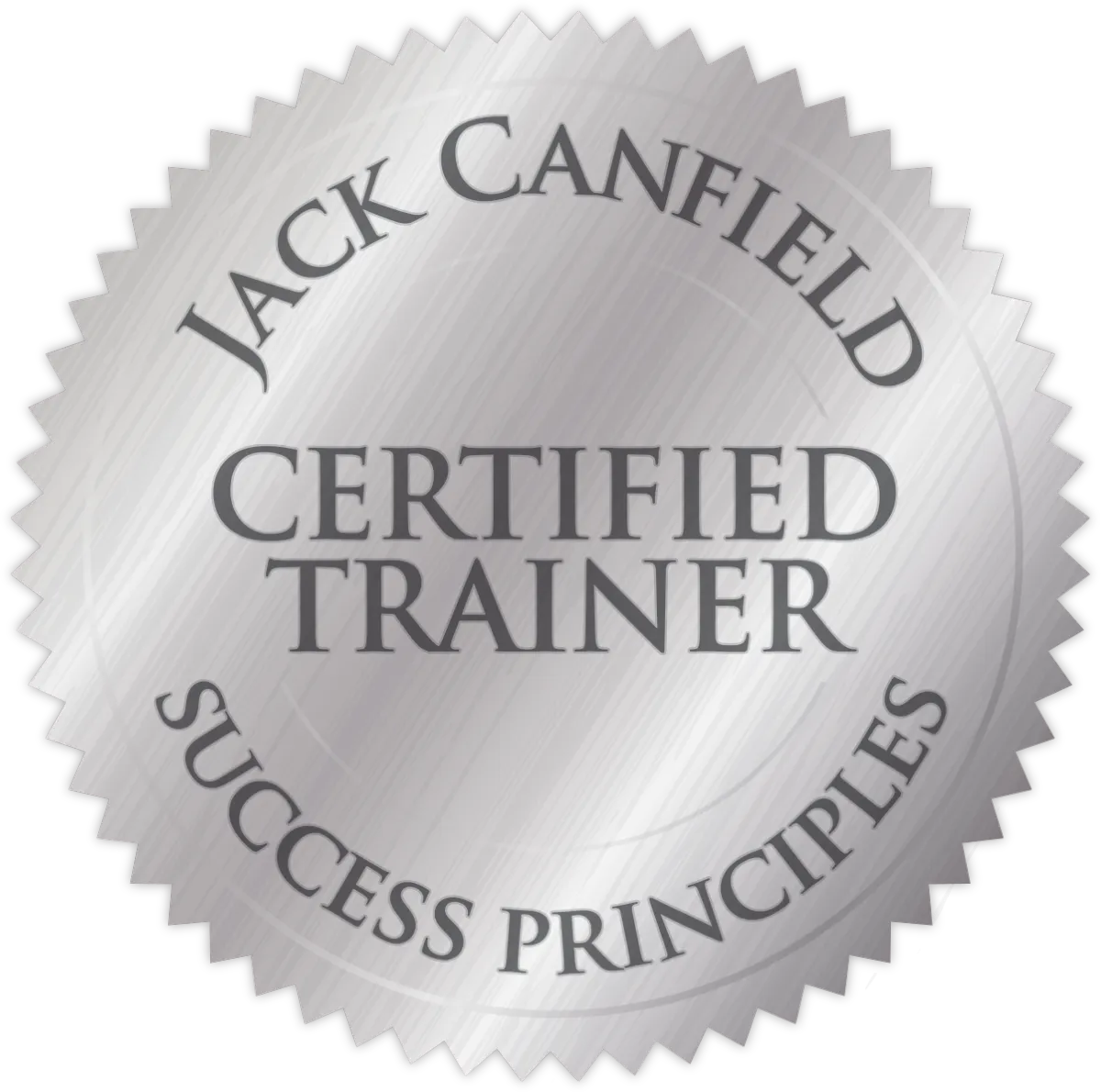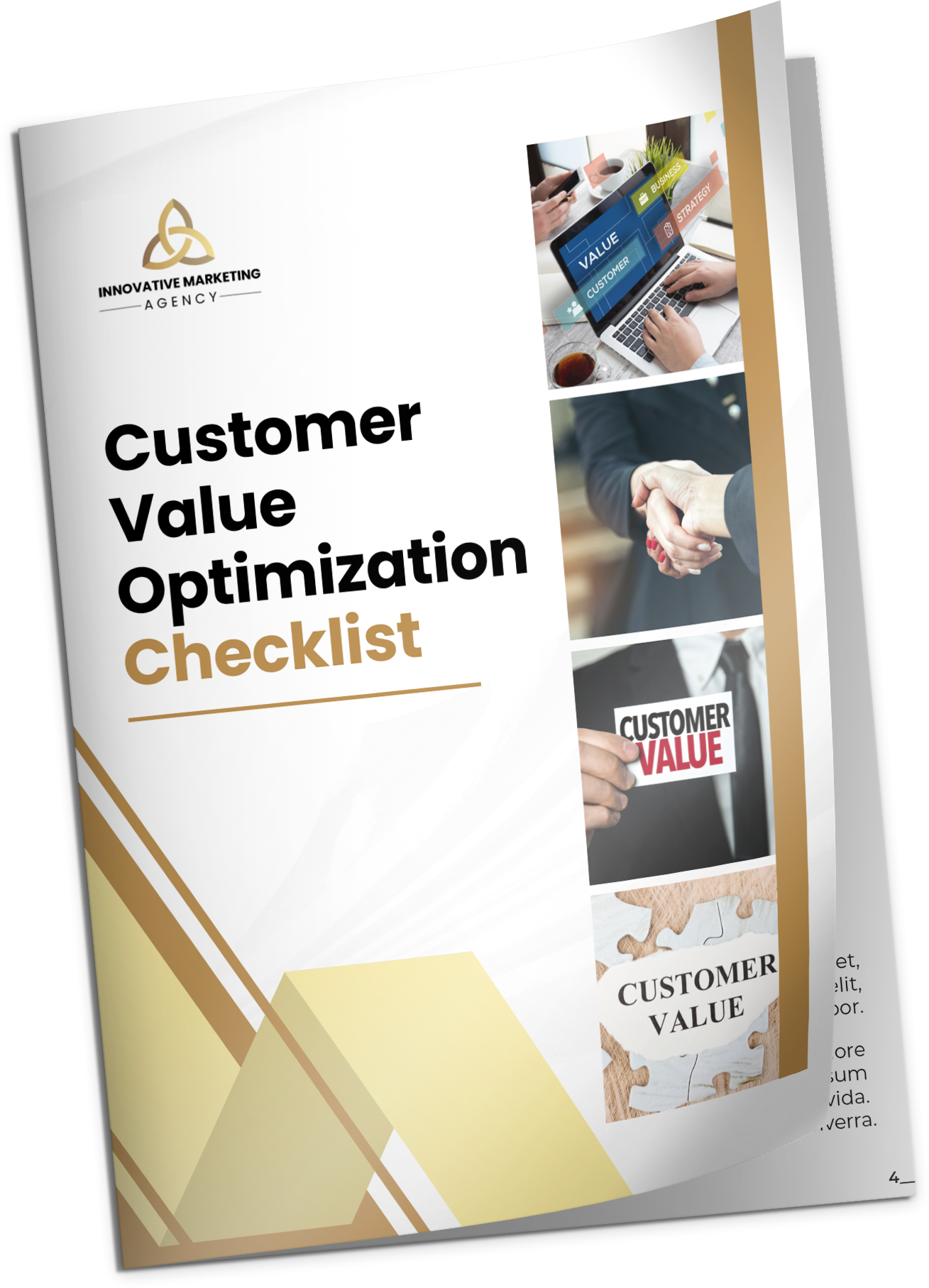Watch The Journey
BLOG
Understanding the Customer Value Journey: A Complete Guide
Thursday, July 25, 2024
Jeremy Coates
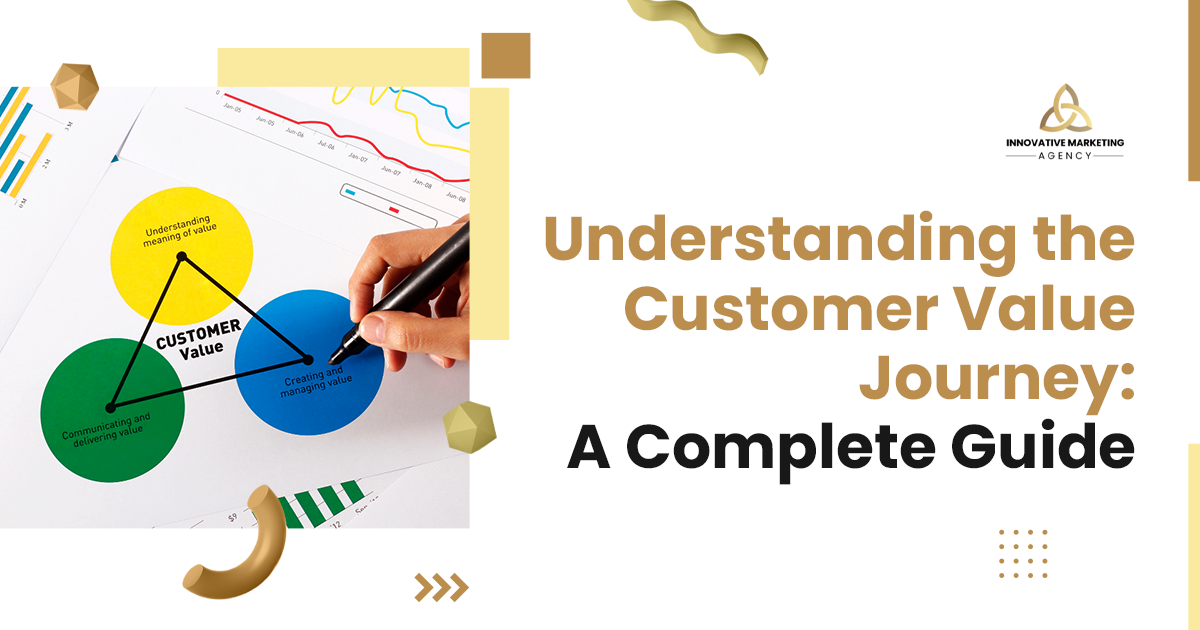
Discover the Importance of the Customer Value Journey
Why the Customer Value Journey Matters for Your Business
The Customer Value Journey (CVJ) is a critical framework for understanding how to convert prospects into loyal customers and brand advocates. At its core, the CVJ represents the series of steps that potential customers take from first becoming aware of your brand to ultimately promoting it to others. This journey is essential because it provides a structured approach to building relationships with your customers, ensuring that you meet their needs and expectations at each stage. By mastering the CVJ, businesses can significantly improve customer retention, increase sales, and build a strong, loyal customer base.
In today's competitive market, merely attracting customers isn't enough. Businesses must nurture relationships through consistent engagement and value delivery. The CVJ emphasizes the importance of understanding and anticipating customer needs, allowing businesses to create personalized experiences that resonate deeply with their audience. This personalized approach not only helps in retaining customers but also transforms them into advocates who voluntarily promote your brand, thus driving organic growth and new customer acquisition.
Furthermore, recent developments in digital marketing have made the CVJ more relevant than ever. With the rise of social media, content marketing, and advanced data analytics, businesses now have unprecedented tools to understand and influence the customer journey. By leveraging these tools, companies can create more effective marketing strategies, optimize their sales funnels, and deliver exceptional customer experiences. In this guide, we will explore each stage of the CVJ in detail, providing practical insights and actionable strategies to help you implement this powerful framework in your business.
The Stages of the Customer Value Journey
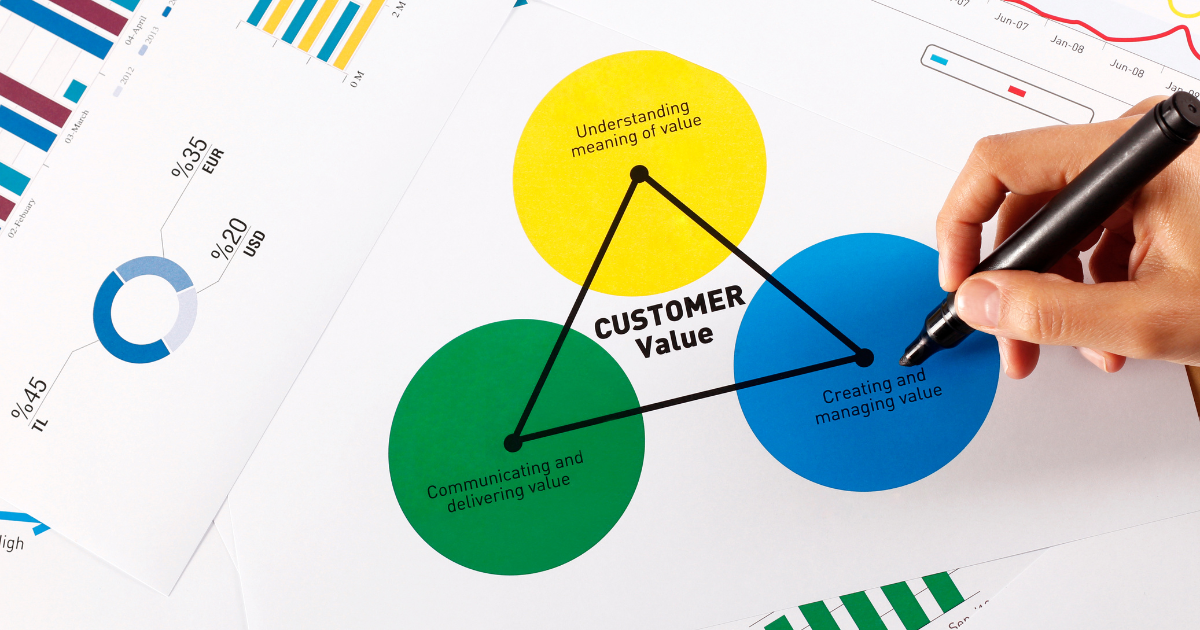
Awareness: Capturing the Customer's Attention
Awareness is the first and arguably the most crucial stage of the Customer Value Journey. At this stage, the primary goal is to capture the attention of potential customers and make them aware of your brand's existence. This is where the journey begins, and a strong first impression can set the tone for the entire relationship. Effective awareness strategies are essential because they lay the foundation for future engagement and conversion.
To capture the customer's attention, businesses need to utilize a mix of marketing channels and tactics. Content marketing, social media advertising, search engine optimization (SEO), and pay-per-click (PPC) campaigns are some of the most effective methods. Content marketing, for instance, involves creating valuable and relevant content that addresses the pain points and interests of your target audience. This content can take various forms, including blog posts, videos, infographics, and podcasts. By providing valuable information, businesses can attract and engage potential customers, building trust and credibility from the outset.
Social media platforms like Facebook, Instagram, and LinkedIn offer excellent opportunities for reaching a wide audience. Paid social media campaigns can be highly targeted, allowing businesses to reach specific demographics based on interests, behaviors, and location. Additionally, SEO is crucial for ensuring that your content is discoverable through organic search. By optimizing your website and content for relevant keywords, you can attract visitors who are actively searching for information related to your products or services.
To illustrate the effectiveness of awareness strategies, consider the case of a startup that leveraged content marketing and social media advertising to build its brand. By consistently publishing high-quality blog posts and running targeted Facebook ads, the company was able to significantly increase its website traffic and generate a substantial number of leads. This initial engagement laid the groundwork for deeper relationships with potential customers, ultimately driving conversions and sales.
Engagement: Building a Relationship
Once you have captured the attention of potential customers, the next step is to engage them meaningfully. Engagement is about building a relationship with your audience, nurturing their interest, and encouraging them to interact with your brand. This stage is critical because it transforms passive observers into active participants, increasing the likelihood of future conversions.
Effective engagement strategies involve creating and sharing content that resonates with your audience and encourages interaction. This can include blog posts, social media updates, email newsletters, webinars, and interactive content such as quizzes and surveys. The key is to provide value and foster a sense of community and connection.
One of the most powerful tools for engagement is content marketing. By consistently delivering valuable and relevant content, you can keep your audience interested and invested in your brand. For example, a company that regularly publishes blog posts on industry trends, tips, and best practices can position itself as a thought leader and trusted resource. This not only keeps the audience engaged but also builds credibility and trust.
Social media platforms are also excellent for fostering engagement. Regularly posting updates, responding to comments, and participating in conversations can help create a sense of community around your brand. Encouraging user-generated content, such as customer reviews and testimonials, can further enhance engagement by showing that you value and appreciate your customers' contributions.
Email marketing is another effective engagement tool. By sending personalized and relevant emails, you can maintain a direct line of communication with your audience. Newsletters, special offers, and updates on new products or services can keep your subscribers informed and engaged. Segmenting your email list based on customer preferences and behaviors can further enhance the effectiveness of your email campaigns.
A real-life example of successful engagement is a tech company that used webinars to connect with its audience. By hosting regular webinars on topics relevant to their customers, the company was able to provide valuable insights and foster a sense of community. The interactive nature of webinars allowed for real-time engagement, with participants asking questions and sharing their experiences. This not only strengthened the relationship with existing customers but also attracted new leads who were impressed by the company's expertise and willingness to engage.
Subscribe: Turning Visitors into Leads
After successfully engaging potential customers, the next step in the Customer Value Journey is to turn them into leads by getting them to subscribe to your content or offers. Subscription is a critical stage because it represents a deeper level of commitment from the customer, indicating their interest in receiving more information from your brand. This is where you start building a more direct and personal relationship with your audience.
One of the most effective ways to encourage subscriptions is through the use of lead magnets. Lead magnets are valuable resources or incentives offered in exchange for a visitor's contact information, usually an email address. These can include eBooks, whitepapers, checklists, templates, or access to exclusive content. The key to a successful lead magnet is to ensure that it addresses a specific problem or need of your target audience and provides immediate value.
Email marketing plays a crucial role in this stage. By offering a compelling reason to subscribe, such as access to exclusive content, special offers, or regular updates, you can build a robust email list. Once a visitor subscribes, they become a lead, and you can begin nurturing them through targeted email campaigns. Personalized and segmented email marketing can significantly increase the effectiveness of your efforts, ensuring that subscribers receive relevant content that aligns with their interests and needs.
Another powerful tool for driving subscriptions is content marketing. By consistently publishing high-quality content that resonates with your audience, you can build trust and authority. Adding calls-to-action (CTAs) to your blog posts, videos, and social media updates can encourage visitors to subscribe. For example, a blog post that provides valuable insights can end with a CTA offering a related eBook or a free webinar in exchange for the reader's email address.
To illustrate the impact of effective subscription strategies, consider the case of an online retailer that used a combination of lead magnets and content marketing to grow its email list. By offering a free guide on selecting the right products and running targeted social media ads, the retailer was able to attract a large number of subscribers. These new leads were then nurtured through personalized email campaigns, resulting in increased sales and customer loyalty.
The Path to Conversion
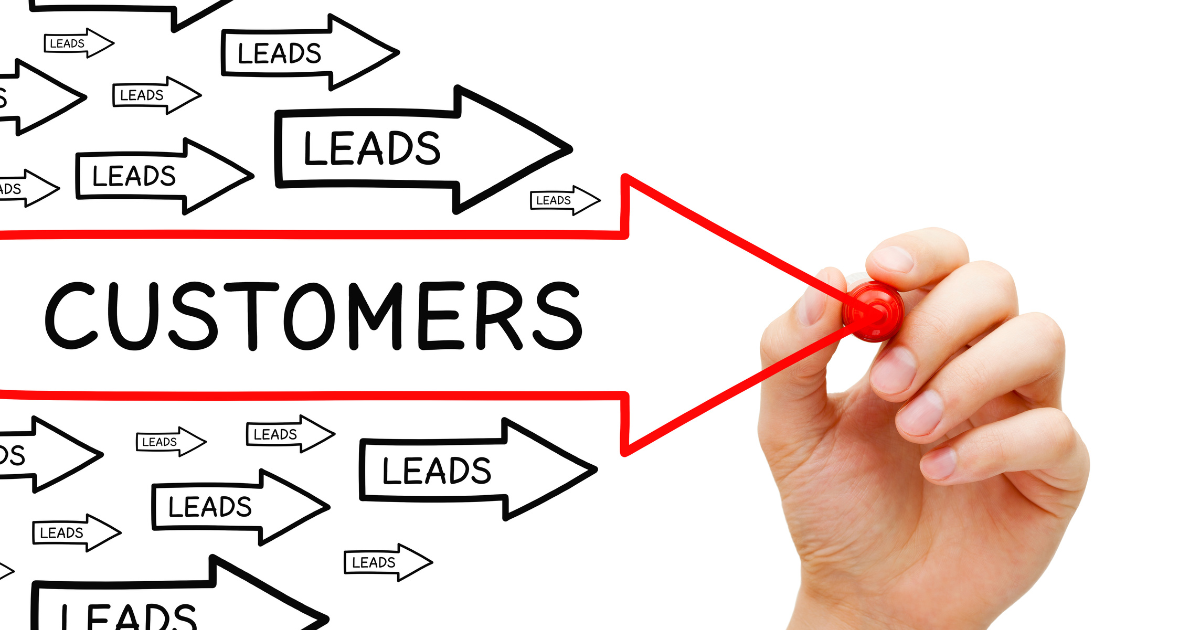
Convert: Making the Sale
The conversion stage is where all your efforts to attract, engage, and nurture leads culminate in a sale. This stage is critical because it represents the moment when a lead becomes a paying customer. To maximize conversions, businesses need to optimize their sales funnels and provide a seamless and persuasive buying experience.
One of the most effective ways to increase conversions is by optimizing your website and sales pages. Ensure that your website is user-friendly, with a clear and intuitive navigation structure. Your sales pages should be designed to highlight the benefits of your products or services, address potential objections, and include strong calls-to-action. Testimonials, reviews, and case studies can add social proof and build trust with potential customers.
Another key strategy for driving conversions is offering incentives. Limited-time offers, discounts, and bonuses can create a sense of urgency and encourage leads to make a purchase. For example, an eCommerce store could offer a discount for first-time buyers or a special promotion for a limited period. These incentives can be promoted through email campaigns, social media, and on your website.
Retargeting is also a powerful tool for increasing conversions. Many leads may visit your website, engage with your content, but not make an immediate purchase. Retargeting involves showing ads to these visitors as they browse other websites or social media platforms, reminding them of your products and encouraging them to return and complete their purchase. This can be particularly effective for capturing leads who are on the fence and need an extra push to convert.
To illustrate the effectiveness of conversion strategies, consider the case of a SaaS company that optimized its sales funnel to increase sign-ups for its software. By redesigning its landing pages to highlight key features and benefits, adding customer testimonials, and offering a free trial, the company saw a significant increase in conversions. Additionally, they implemented retargeting campaigns to re-engage visitors who had not completed the sign-up process, further boosting their conversion rates.
Excite: Creating a Memorable Customer Experience
Once a lead converts into a customer, the next step is to ensure they have an exceptional experience with your product or service. The excite stage is about delighting your customers and exceeding their expectations, creating a positive and memorable experience that encourages repeat business and word-of-mouth referrals.
Customer service plays a crucial role in this stage. Providing prompt, helpful, and friendly support can make a significant difference in how customers perceive your brand. Ensure that your customer service team is well-trained and empowered to resolve issues effectively. Offering multiple channels for support, such as phone, email, live chat, and social media, can make it easier for customers to get the help they need.
Another key aspect of creating a memorable customer experience is personalization. Tailoring your communications and interactions based on customer preferences and behaviors can make them feel valued and appreciated. For example, sending personalized thank-you emails, offering customized product recommendations, and providing exclusive offers based on their purchase history can enhance the customer experience and foster loyalty.
Providing valuable and engaging content post-purchase can also keep customers excited about your brand. This can include tutorials, how-to guides, and tips for getting the most out of your product. By helping customers succeed with your product, you can increase their satisfaction and likelihood of making repeat purchases.
A real-life example of a brand that excels in creating a memorable customer experience is an eCommerce company that goes above and beyond in its customer service. In addition to providing 24/7 support, they send personalized thank-you notes with each order and include small surprise gifts in the packages. These thoughtful gestures create a positive impression and make customers feel valued, leading to high levels of satisfaction and repeat business.
Building Loyalty and Advocacy
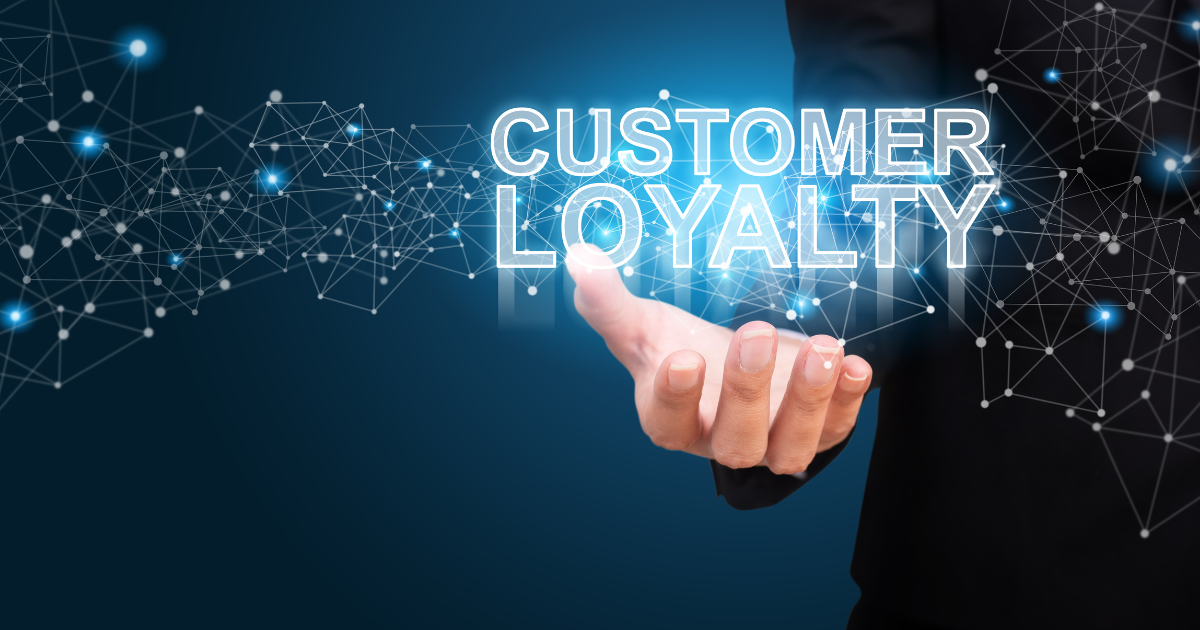
Ascend: Encouraging Repeat Purchases
Encouraging repeat purchases is essential for maximizing customer lifetime value and ensuring the long-term success of your business. The ascend stage focuses on strategies to increase the frequency and value of purchases from your existing customers, turning one-time buyers into loyal, repeat customers.
One effective strategy for encouraging repeat purchases is implementing a loyalty program. Loyalty programs reward customers for their continued business, providing incentives such as discounts, exclusive offers, and points that can be redeemed for future purchases. By making customers feel appreciated and valued, loyalty programs can significantly increase customer retention and repeat purchase rates.
Cross-selling and upselling are also powerful tactics for boosting repeat purchases. Cross-selling involves recommending related or complementary products based on the customer's previous purchases, while upselling encourages customers to upgrade to a higher-priced product or add additional features. These strategies can be implemented through personalized email campaigns, product recommendations on your website, and during the checkout process.
Regularly engaging with your customers through email marketing is another effective way to drive repeat purchases. Sending personalized and relevant emails, such as product updates, special offers, and personalized recommendations, can keep your brand top-of-mind and encourage customers to return to your store. Segmenting your email list based on customer behavior and preferences can further enhance the effectiveness of your email campaigns.
To illustrate the impact of effective ascension strategies, consider the case of a subscription box company that implemented a loyalty program and personalized email campaigns. By rewarding customers with points for every purchase and sending tailored product recommendations, the company saw a significant increase in repeat purchases and customer retention. Additionally, they used cross-selling and upselling techniques to boost the average order value, resulting in increased revenue.
Advocate: Turning Customers into Promoters
Turning satisfied customers into promoters is a powerful way to drive organic growth and increase brand awareness. The advocate stage focuses on strategies to encourage customers to share their positive experiences with others, promoting your brand through word-of-mouth and social proof.
One of the most effective ways to encourage advocacy is by providing exceptional customer service and experiences. When customers have a positive and memorable experience with your brand, they are more likely to share it with others. Encourage satisfied customers to leave reviews and testimonials, and make it easy for them to do so by providing links to review sites and social media platforms.
Incentivizing referrals is another powerful strategy for turning customers into promoters. Referral programs reward customers for referring their friends and family to your brand, providing incentives such as discounts, free products, or cash rewards. By offering a tangible benefit for referrals, you can motivate customers to actively promote your brand to their network.
Engaging with your customers on social media can also foster advocacy. Encourage customers to share their experiences and tag your brand in their posts. Highlight user-generated content on your social media channels, showcasing your customers' positive experiences and giving them recognition. This not only builds a sense of community but also provides social proof to potential customers.
A real-life example of successful advocacy is a fashion retailer that implemented a referral program and actively engaged with customers on social media. By offering discounts for referrals and featuring customer photos and testimonials on their social media channels, the retailer was able to generate a significant amount of word-of-mouth promotion. This not only increased brand awareness but also drove new customer acquisition and sales.
Promote: Expanding Your Reach Through Word-of-Mouth
Word-of-mouth marketing is one of the most effective and cost-efficient ways to expand your brand's reach and attract new customers. The promote stage focuses on leveraging satisfied customers to spread the word about your brand, creating a ripple effect that drives organic growth.
One of the key elements of successful word-of-mouth marketing is creating shareable content. This can include engaging blog posts, entertaining videos, eye-catching infographics, and inspiring stories. By creating content that resonates with your audience and encourages them to share it with their network, you can amplify your reach and attract new customers.
Encouraging user-generated content (UGC) is another powerful strategy for word-of-mouth marketing. UGC includes content created by your customers, such as reviews, testimonials, photos, and videos. By encouraging customers to share their experiences and feature their content on your website and social media channels, you can build trust and credibility. UGC serves as social proof, showing potential customers that others have had positive experiences with your brand.
Running social media contests and giveaways can also boost word-of-mouth promotion. Encourage customers to participate by sharing your content, tagging your brand, and inviting their friends to join. Offering attractive prizes can incentivize participation and increase the visibility of your brand. Additionally, partnering with influencers and brand ambassadors can further amplify your reach and credibility.
To illustrate the impact of effective word-of-mouth strategies, consider the case of a beauty brand that leveraged UGC and social media contests to promote its products. By encouraging customers to share their makeup looks and tag the brand, they were able to generate a large amount of user-generated content. They also ran regular contests with attractive prizes, which encouraged customers to spread the word and invite their friends to participate. This resulted in increased brand awareness, new customer acquisition, and higher sales.
Actionable Takeaways for Implementing the Customer Value Journey

Transform Your Business with the Customer Value Journey
Recap the key stages of the Customer Value Journey and their importance in driving business success. Emphasize the need for businesses to understand and implement the CVJ framework to build strong relationships with their customers and achieve sustainable growth. Provide practical steps to start implementing the CVJ today, such as mapping out the journey for your target audience, creating relevant content and offers for each stage, and using data and analytics to optimize your efforts.
Encourage businesses to integrate the CVJ into their overall marketing strategy, aligning their efforts across all touchpoints to provide a seamless and consistent customer experience. Highlight the benefits of doing so, including increased customer retention, higher conversion rates, and enhanced brand loyalty. Provide examples of businesses that have successfully implemented the CVJ and the positive impact it has had on their growth and success.
Join The
Innovative Marketing Pro
15 Days FREE Trial!

You Pay $0 Today
You Won't be charged until Free Trial Ends
No Commitment, Cancel Anytime
As a reminder we will email you 7 days before Trial Ends
Recent Posts
Understanding the Customer Value Journey: A Complete Guide
How to Maximize ROI from Paid Ads on Facebook, Instagram, and Google Ads: Tips and Strategies
Crafting High-Impact Content Marketing Strategies
10 Direct Response Copywriting Tips to Boost Conversions
Maximizing Conversions: The Best Funnel Builders Reviewed
Building Strong Online Communities: Best Platforms and Practices"
Boost Your Lead Quality: 10 AI-Powered Lead Generation Strategies
Next Steps to Enhance Your Customer Value Journey
Invite readers to join your community for more insights and resources on the Customer Value Journey. Encourage them to subscribe to your newsletter for regular tips, strategies, and updates. Provide access to exclusive resources, such as eBooks, webinars, and case studies, to help them implement the CVJ in their business.
Encourage readers to engage with your brand on social media and participate in your webinars and events. Highlight the benefits of being part of your community, such as access to expert advice, networking opportunities, and the latest industry trends. Provide a clear call to action to subscribe, follow, and engage with your brand, reinforcing the value of staying connected and informed.
Join The
Innovative Marketing Pro
15 Days FREE Trial!

You Pay $0 Today
You Won't be charged until Free Trial Ends
No Commitment, Cancel Anytime
As a reminder we will email you 7 days before Trial Ends
Recent Posts
Understanding the Customer Value Journey: A Complete Guide
How to Maximize ROI from Paid Ads on Facebook, Instagram, and Google Ads: Tips and Strategies
Crafting High-Impact Content Marketing Strategies
10 Direct Response Copywriting Tips to Boost Conversions
Maximizing Conversions: The Best Funnel Builders Reviewed
Building Strong Online Communities: Best Platforms and Practices"
Boost Your Lead Quality: 10 AI-Powered Lead Generation Strategies
IM Agency Services
Marketing Research
Paid Advertising
Direct Response Copywriting
Funnels and Automations
Marketing Automation
Business Development
IM Pro Features
Lead Generation Automation
Sales Funnels
Customer Relationship Management
Courses Builder
Affiliate Builder
Invoicing
Team Scheduling
Email Automations
Pipelines and workflow
And Way More....
Address & Phone


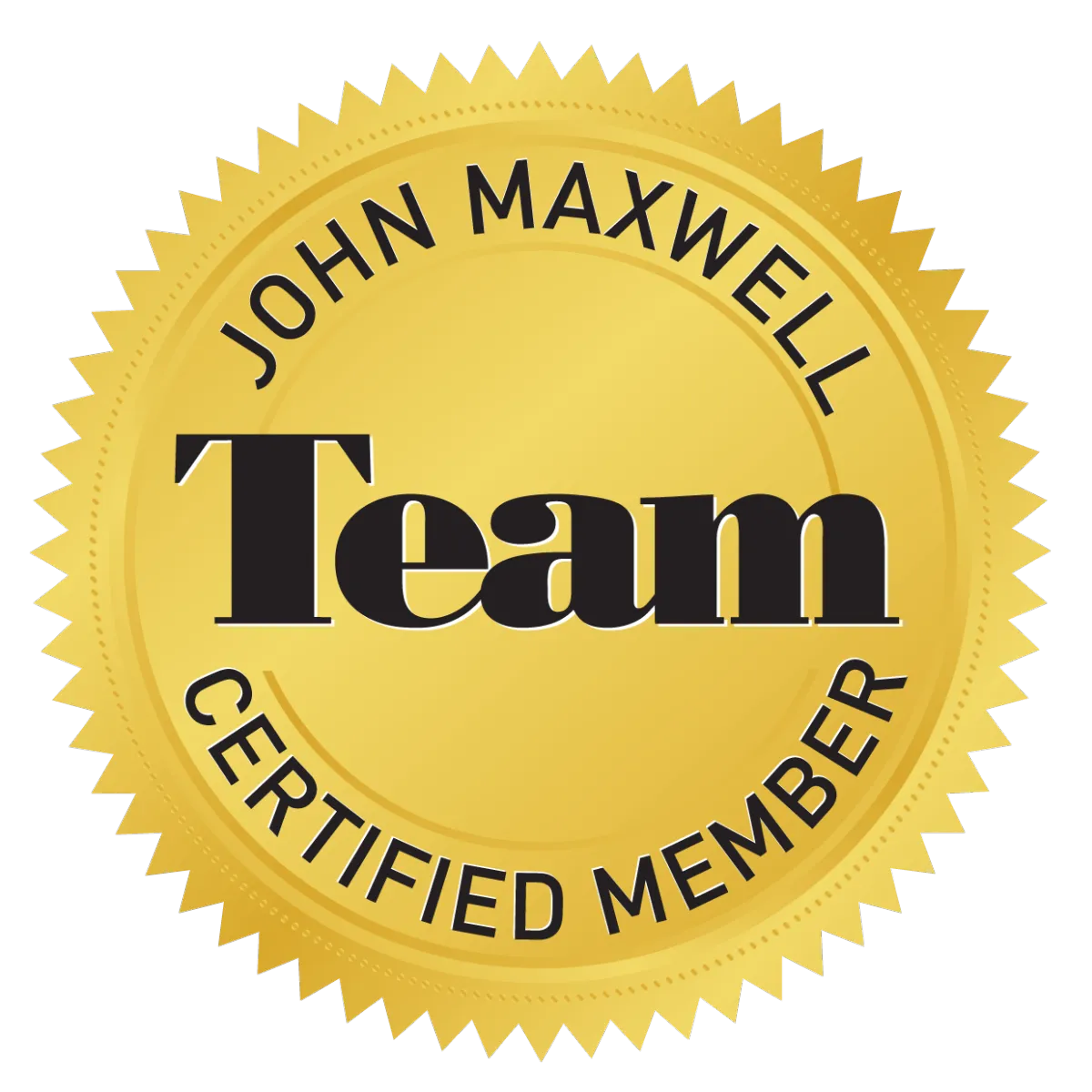

Innovative Marketing Agency
We Design, Build, & Optimize Campaigns
Copyright © 2025 Innovative Marketing Agency LLC

